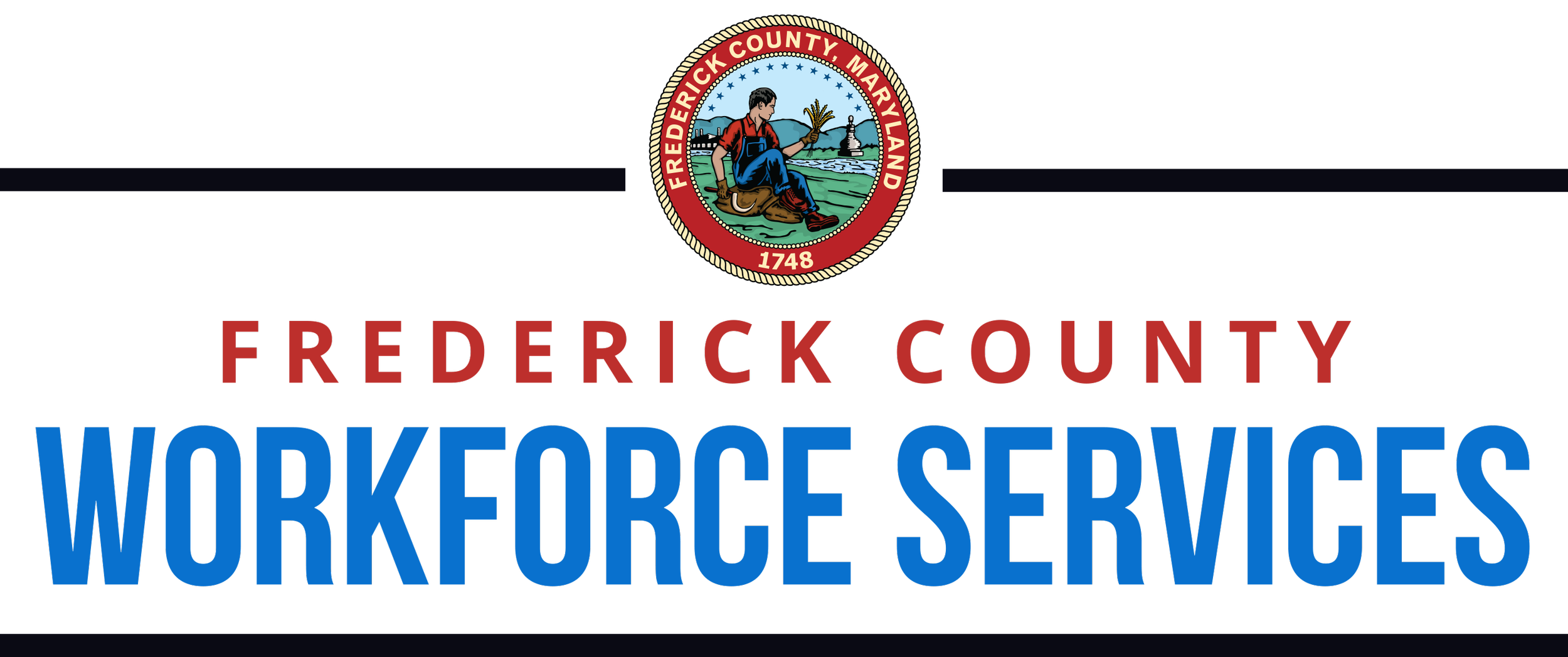Take Your Elevator Pitch Further Using LinkedIn
By Teri Bisceglia, MA, GCDF, CFJST, CFCC, CPRW, Employment & Training Consultant
One of the most powerful tools at your disposal on LinkedIn is your elevator pitch. Using your elevator pitch on LinkedIn is a great way to enhance your professional presence and connect with others in your industry. Here’s how you can effectively incorporate your elevator pitch into your LinkedIn profile and interactions.
Optimize Your LinkedIn Headline
Why It Matters. Your headline is one of the first things people see on your profile, and it should succinctly convey your professional identity.
How to Do It.
Incorporate Key Phrases. Use keywords that describe your job title, skills, and unique selling proposition. For example, instead of just saying “Marketing Specialist,” you might say “Digital Marketing Specialist | Data-Driven Campaign Strategist | Brand Storyteller.
Be Engaging. Consider adding a personal touch or a statement that reflects your professional passion. For instance, “Helping Brands Connect with Audiences through Engaging Content.”
Craft a Compelling Summary
Why It Matters. Your summary section is an opportunity to expand on your elevator pitch and provide context about your professional journey.
How to Do It.
Start with a Hook. Begin with an engaging sentence that grabs attention, similar to your elevator pitch’s opening.
Expand on Key Points. Include the main elements of your elevator pitch, such as your skills, achievements, and what makes you unique. For instance, if your pitch highlights your experience in project management, briefly detail a successful project you led and its impact.
Use First Person. Write in the first person to create a more personal and approachable tone. For example, “I am passionate about leveraging data to drive marketing strategies that yield measurable results.”
Feature Relevant Experiences
Why It Matters. Showcasing your experiences reinforces the claims made in your elevator pitch.
How to Do It.
Detail Your Roles. In the experience section, describe your responsibilities and accomplishments clearly. Use bullet points for easy readability, focusing on results and impact.
Quantify Achievements. Whenever possible, include metrics or specific outcomes to demonstrate your success. For example, “Increased website traffic by 30% through a targeted social media campaign.”
Highlight Skills and Endorsements
Why It Matters. Skills and endorsements add credibility to your elevator pitch by validating your expertise.
How to Do It.
List Key Skills. Include skills that align with your pitch. For example, if your pitch emphasizes your expertise in data analysis, make sure “Data Analysis” is among your top skills.
Encourage Endorsements. Reach out to colleagues and connections to endorse your skills. Their endorsements reinforce your professional claims and add weight to your profile.
Engage with Your Network
Why It Matters. Active engagement on LinkedIn helps you stay visible and can lead to meaningful connections.
How to Do It.
Share Content Related to Your Pitch. Post articles, insights, or personal experiences related to your field. This reinforces your expertise and allows you to naturally reference elements of your elevator pitch in comments and discussions.
Comment on Posts. When engaging with others’ posts, use your elevator pitch as a reference point. For example, if someone shares a marketing article, you might comment, “As a digital marketing specialist focused on data-driven strategies, I found this insight particularly valuable.”
Use the About Section for Detailed Narratives
Why It Matters. The About section provides a more in-depth space to share your professional story.
How to Do It.
Elaborate on Your Elevator Pitch. Use the elements of your elevator pitch to construct a narrative. Discuss your background, what motivates you, and your career goals.
Incorporate Call to Action. End with a call to action that invites connections or discussions, such as, “Feel free to reach out if you’d like to connect or discuss innovative marketing strategies.”
Personalize Connection Requests
Why It Matters. Personalizing connection requests can help you make a strong first impression.
How to Do It.
Use a Brief Version of Your Pitch. When sending connection requests, briefly introduce yourself and mention a common interest or goal. For example, “Hi [Name], I’m a digital marketing specialist passionate about data-driven strategies. I’d love to connect and share insights!”
Participate in LinkedIn Groups
Why It Matters. Engaging in groups allows you to connect with like-minded professionals and showcase your expertise.
How to Do It.
Share Your Knowledge. Contribute to discussions by sharing insights that reflect your elevator pitch. You might post a question or share an article relevant to your field, inviting conversation.
Network within Groups. Use your pitch when introducing yourself to group members, highlighting your interests and what you can offer.
Conclusion
Using your elevator pitch on LinkedIn is a strategic way to present your professional identity, build connections, and enhance your personal brand. By optimizing your profile elements, engaging with your network, and participating in relevant discussions, you can effectively communicate your value and make meaningful professional connections. Remember to keep your pitch authentic and adaptable, reflecting your evolving career journey and interests. With a strategic approach, LinkedIn can become a valuable platform for leveraging your elevator pitch to unlock new opportunities and connections. Check out FrederickWorks.com for more job search resources.
